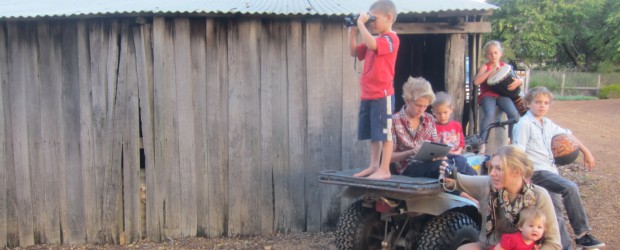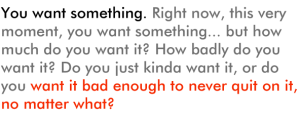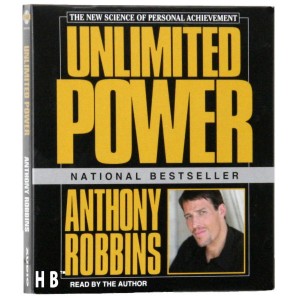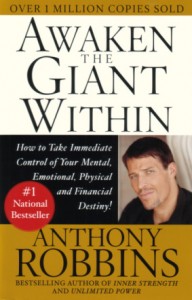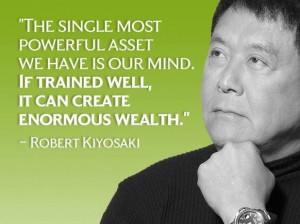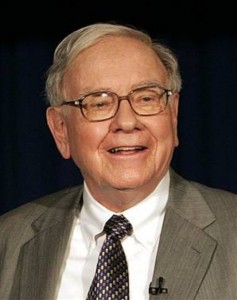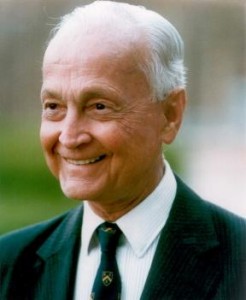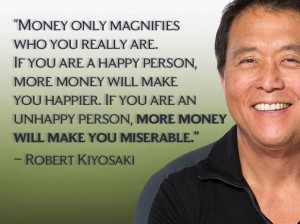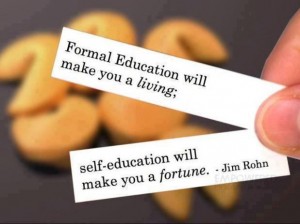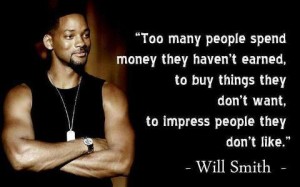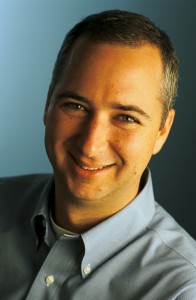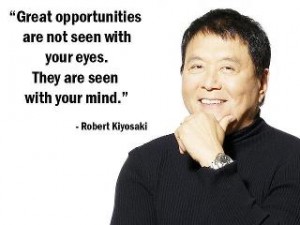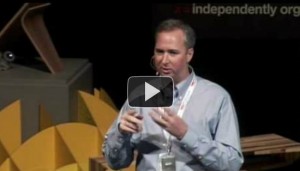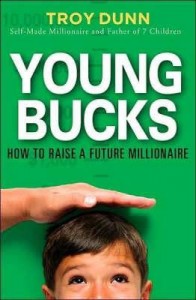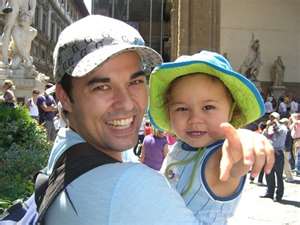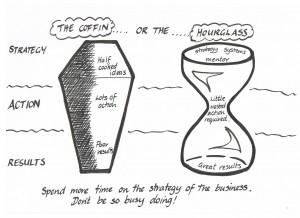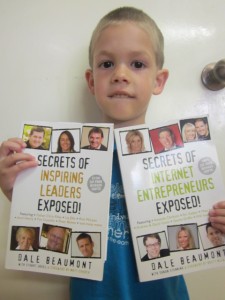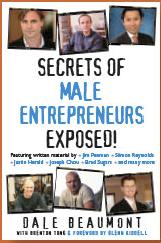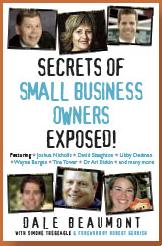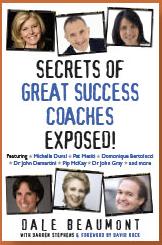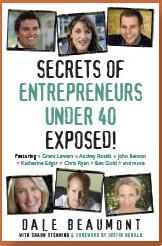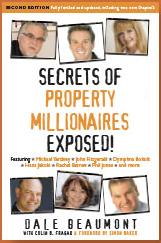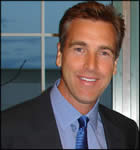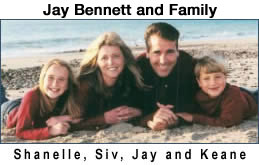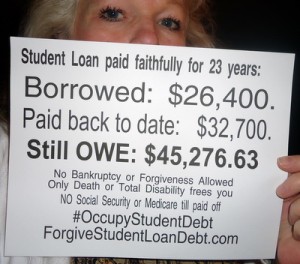We were going to write about Kit and Chayse’s enterprise and how they have gone with working on their goal, but have decided to share an interim and thought-provoking blog designed to make you think about how much do you really want success (in any chosen field)!
Our daughter Kaitlin saw this video on You Tube and sent us the link. We thought it was awesome. So, take the time to watch the clip (it doesn’t go for very long), then read on.
How Bad Do You Want It? Video Clip
For those who want to digest the words again, I have taken what I could decipher from the You Tube and written the transcript here.
There was a young man who wanted to make a lot of money, so he went to his Guru and said,
“I want to be on the same level you’re on.” And the Guru said, “If you want to be on the same level I’m on, I will meet you tomorrow at the beach.”
So the young man got there at 4am. He wore a suit, but should have worn shorts. The old man grabs his hand, leads him to the water and says,
“How bad do you want to be successful?” The young guy said, “Really successful”.
The old man says, “Walk on out in the water. “ He goes waist deep.
This waters freezing. The young man thinks, I just want to make money and he’s making me swim.
I didn’t ask to be a life guard. I wanna make money.
“Come out a little further. “
So he’s thinking. This old man’s crazy. He makes a lot of money, but he’s crazy.
“Come out a little further.” And he did.
This man is crazy.
The old man said, “I thought you wanted to be successful”.
He said, “I do”.
“Then walk a little further”. The old man pulled him, dropped the young man’s head in the water, held his head down, and continued to hold him down, even when the young man struggled. He held him down, but just before the young guy passed out, the old man raised him up.
He told the young guy. “When you want to succeed as bad as you want to breathe, then you’ll be successful!”
After watching this video, it really made us think, How much do we want it? Do we “really” want it or just “kinda” want it? Want what, you may ask?
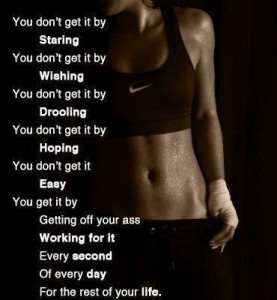 Well, anything really. How much do we want our fitness levels to be at their optimal levels? How much do we want to be financially free? How much do we want to have a happy and loving family life? How much do we want to enjoy our time with friends and experience unique and exciting experiences?
Well, anything really. How much do we want our fitness levels to be at their optimal levels? How much do we want to be financially free? How much do we want to have a happy and loving family life? How much do we want to enjoy our time with friends and experience unique and exciting experiences?
For us, it’s a little bit of everything. But what we realised as we’ve been completing Paul Counsel’s Money Mastery Course over the year, that splitting our attention between everything (as we have in the past), we get a medium result from everything. There’s nothing wrong with that, it makes life comfortable, and that’s OK for many people.
But for us………we’re ready to challenge ourselves. We’re ready to step up and make a difference in those areas in a big way, not an average way.
So, whilst we may not exist on 3 hours a night (although that’s debatable with our 18 month old at times!), we do put in the long hours. We do stay up until midnight (long after the kids have gone to bed), working on our internet business, studies, trading or Health and Wellbeing business.
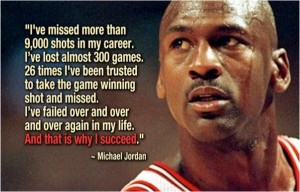 We try to focus as much as we can on them. And why do we do it? Because we know that we are already successful in some parts of our lives. We know we have a wonderful family and supportive friends. And we know we’ve achieved that through dedication and focus. Now, we are ready to transfer that focus and skill to other aspects of our lives. We know that when we are financially free, that this will positively affect every other part of our lives.
We try to focus as much as we can on them. And why do we do it? Because we know that we are already successful in some parts of our lives. We know we have a wonderful family and supportive friends. And we know we’ve achieved that through dedication and focus. Now, we are ready to transfer that focus and skill to other aspects of our lives. We know that when we are financially free, that this will positively affect every other part of our lives.
If we want more time to focus on our kids, we can hire someone to do the mundane things in our lives, thus freeing our time. We can create awesome experiences beyond what we’ve already had. We can take time to enrich our own relationship without worrying about how we are going to pay the next bill.
Now, it may take us a little longer to achieve our goals than it will Giavanni Ruffin (the athlete in the movie). He has MAJOR, unstoppable focus and he WILL achieve, no matter what. It’s not a matter of IF, it’s a matter of WHEN for him.
 But even if we used just a tenth of his energy and commitment, it has to be better than no focus at all. Where your attention is held is what will show up in your life. You need to “attend to your intention”. A clear intention with determined focus will set you on the right path to success.
But even if we used just a tenth of his energy and commitment, it has to be better than no focus at all. Where your attention is held is what will show up in your life. You need to “attend to your intention”. A clear intention with determined focus will set you on the right path to success.
This lesson on focus can be applied by anyone, whether it is teenagers studying at high school, kids with big sporting ambitions or parents developing business. Kaitlin is challenged with maintaining focus with her studies. We are glad she discovered this video, thought about its excellent message, and decided to share it with us.
So, like we said at the beginning of this post, “How Bad Do You Want It?”
If you enjoyed the first video clip, and thought that was all there was, think again………then have a look at this one…
How Bad Do You Want It (part 2)
Related Posts:
Youth Enterprise…. Kaitlin and Jai
Anthony “Tony” Robbins is an American self-help author, motivational speaker and Life Coach. He became well known throughout the world through his self-help books. Our Mentor, Paul Counsel, speaks highly of Tony Robbins and his teachings.
